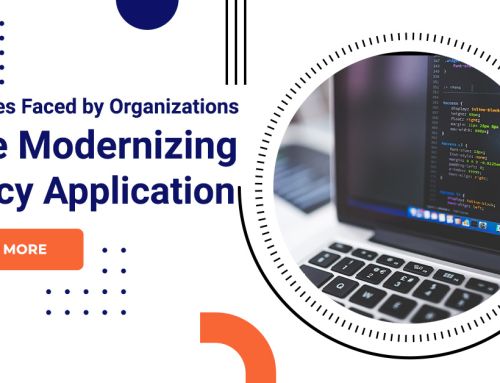What Is Decoupled Development & Why Use It?
The first thing we must understand before talking about the benefits of a Decoupled Development is understanding its definition. According to an article by framework for complex work that allows components to remain completely autonomous and unaware of each other. Cloud computing is sometimes said to have a decoupled architecture because the cloud provider manages the physical infrastructure.
Decoupled development

In traditional web development, a Drupal or WordPress does 100% of the work. This includes storing all of the client data, allowing the client to edit their data at their own discretion, and determining the front-end theme that is displayed to the site visitor. The front-end theme is tightly coupled to the CMS and tends to be very “plug and play”.
Decoupled use it
With decoupled development, the theme is removed entirely from the CMS. This allows the CMS to manage the client’s content and other necessary services, such as emailing, while relieving it of the extra effort to configure the front-end portion of the website. The CMS gives the front-end the minimum amount of information possible, leaving the speed of the application dependent on the visitor’s computer, and allowing the front-end to be changed completely without touching the CMS.
Benefits
- Speed is the name of the game, and decoupled development delivers.
- Production and Development ‘modes’ are made much easier with GulpJS.
- Newest technologies make development easier.
- Extensive community support.
- User experience can more closely follow a desktop application for ease of use.
- Breaks the developers’ responsibilities down to more maintainable levels.
Some potential downsides to decoupled development
- Some plugins exist for jQuery, but not AngularJS.
- Error handling for web crawlers.
- Image URL’s and other assets.
- Data architecture is more complex
- Understanding which side-specific work should be done.
Techopedia explains decoupled

Cloud computing architecture is often referred to as a decoupled architecture because the vendor and consumer independently operate and manage their resources, infrastructure as a service the cloud provider is responsible for delivering the cloud or backend infrastructure but does not have any control over what applications the customer will install on top of it.
Conclusion
Traditionally, the application development projects required the frontend developers to possess a good understanding of the backend systems and components such as the core programming language, middleware, and business logic, a Decoupled.








Leave A Comment
You must be logged in to post a comment.